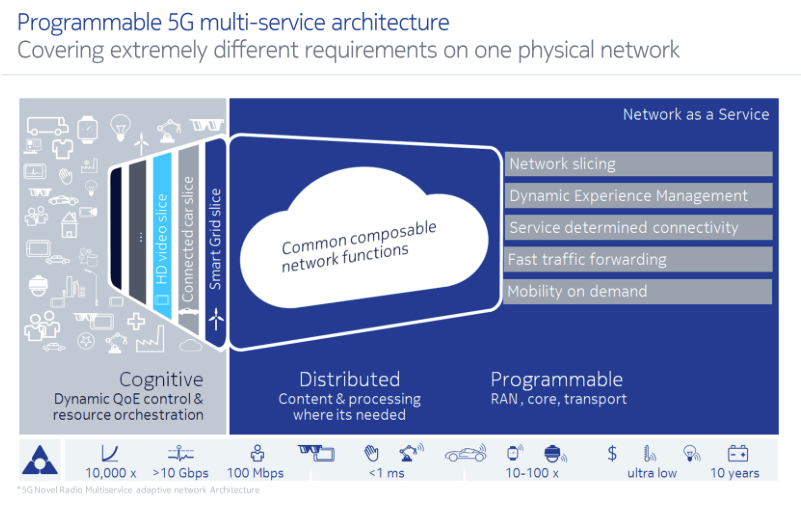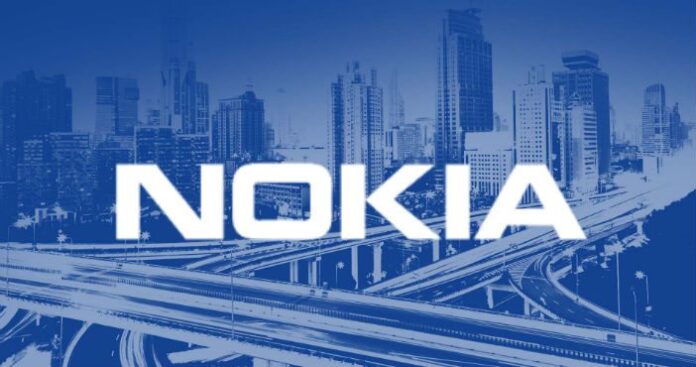Nokia Networks today announced its programmable “5G” multiservice architecture that is said has the capability to automatically and dynamically adapt both radio access and the core network in support of different services and traffic loads. This would allow operators to basically offer network-as-a-service business models.
Next-generation networks are expected to support various use cases, each requiring different levels of performance from the network. It’s not feasible to consider that the network will have these use case performance requirements provisioned in separate systems as it would be too costly and unmanageable from a network resources perspective. As a result, nearly all network functions will need to become software-defined and automatically orchestrated within the network.
Nokia Networks has identified five key functions that is said will need to be a part of this overall architecture:
- Network slicing: Multiple independent and dedicated virtual subnetworks created within the same infrastructure will enable the operator to run services in support of different requirements, such as latency, reliability, throughput and mobility.
- Dynamic experience management: Automatic quality of experience is optimized for each application session to enable a solution utilizing 30% fewer resources.
- Service-determined connectivity: Devices and services will no longer be tied to a single point-to-point IP connection with 5G. By enabling a service to determine the connectivity, the required latency and reliability can be assured by the network.
- Fast traffic forwarding: A distributed telco cloud structure to support a new generation of services in sectors such as automotive and industrial, an area where 5G is expected to play a big role in the “Internet of Things” discussion.
- Mobility on demand: A wider range of mobility needs can be met, ranging from stationary utility meters to high-speed trains. Typically, only 30% of users are mobile and do not need support for mobility.
Nokia Networks provided an infographic to help visualize its vision for a programmable 5G multiservice architecture. 
The transition to 5G is expected to be a different path than prior air interface network upgrades. The focus on use cases requires a different way of thinking about the network and it’s great to see Nokia Networks starting down this path.
Like what you read? Follow me on Twitter!
Claudia Bacco, Managing Director – EMEA for RCR Wireless News, has spent her entire career in telecom, IT and security. Having experience as an operator, software and hardware vendor and as a well-known industry analyst, she has many opinions on the market. She’ll be sharing those opinions along with ongoing trend analysis for RCR Wireless News.

